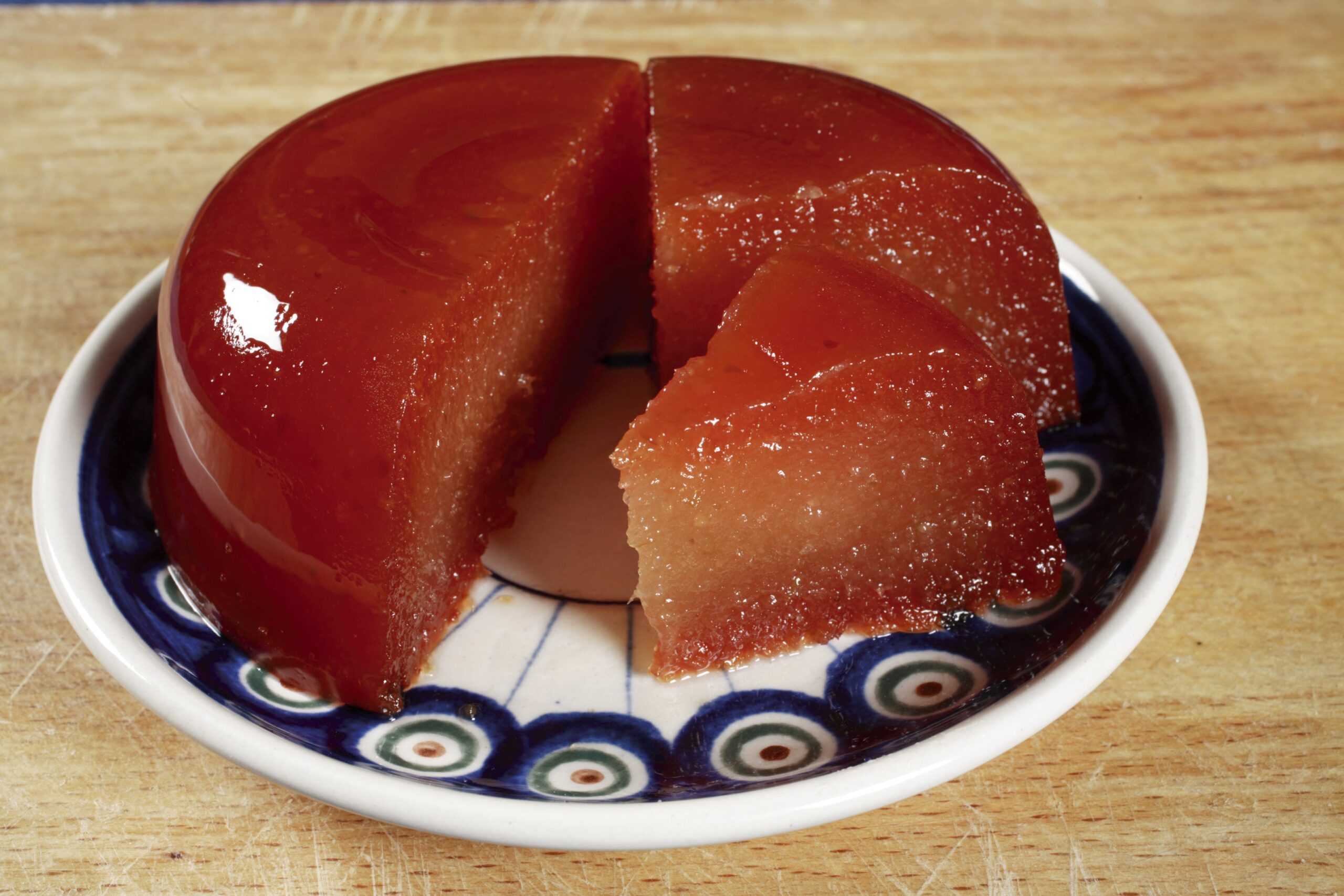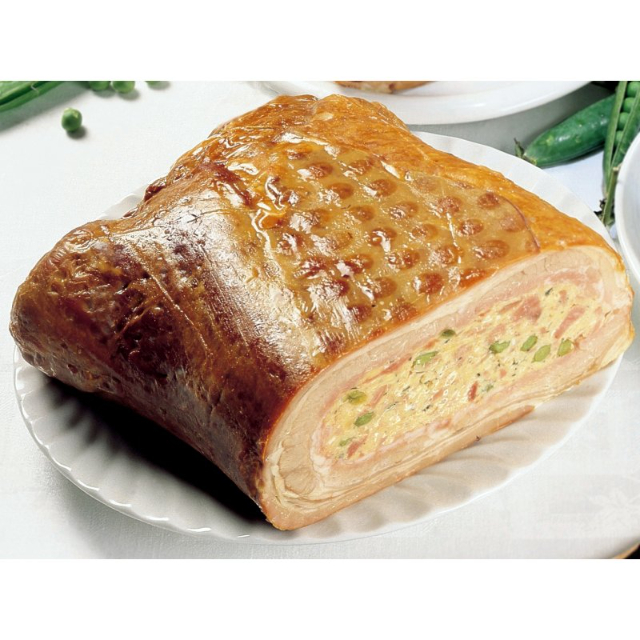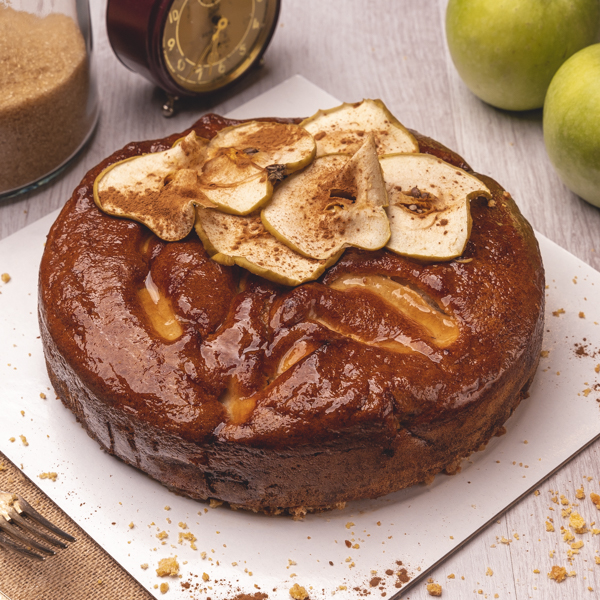Quince jams and paste can be found throughout central Italy and are especially concentrated in Abruzzo, Campania, and other territories of the ancient Bourbon kingdom. They are made from the fruit of the Cydonium vulgaris or malus, ripening in autumn, and are very tart, so unpleasant to eat, even though very aromatic. Due to the high content of pectin and tannin however, quince is very useful in the preparation of jam, conserves and jelly.
Quince is essentially used to produce jams and a paste called “cotognata”.
It is a fruit known all over the Mediterranean and was appreciated in ancient times because of its astringent capacities; the turbinate-oval fruits have five cavities, all containing many seeds.
It is greenish then becomes yellow as it ripens. Ancient recipes for conservation are found in the De re Rustica by Coumella, which describe it being essentially preserve raw with honey, but in about 1600 it started to be used as a preserve added to must. Later, when refined sugar began to be used in cooking, the method for preparing jams was standardised.
The fruit is prepared with normal kitchen utensils whereas it is best to cook the jam in copper pots because they give the jam better sensorial traits. Production methods described here refer to home recipes, but in Abruzzo there are a number of interesting industrial plants.













